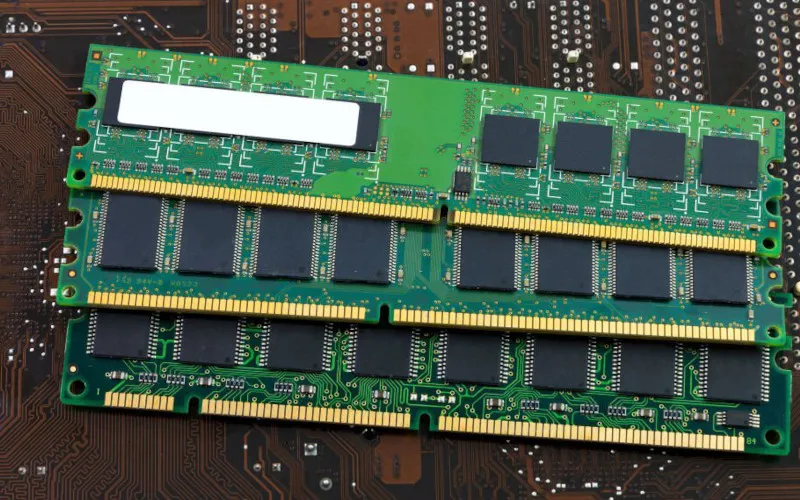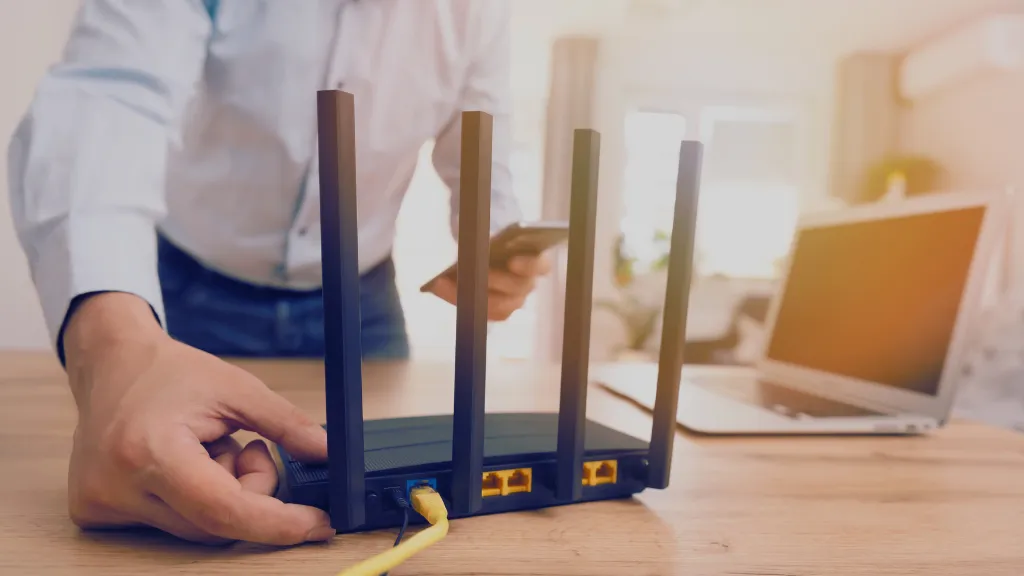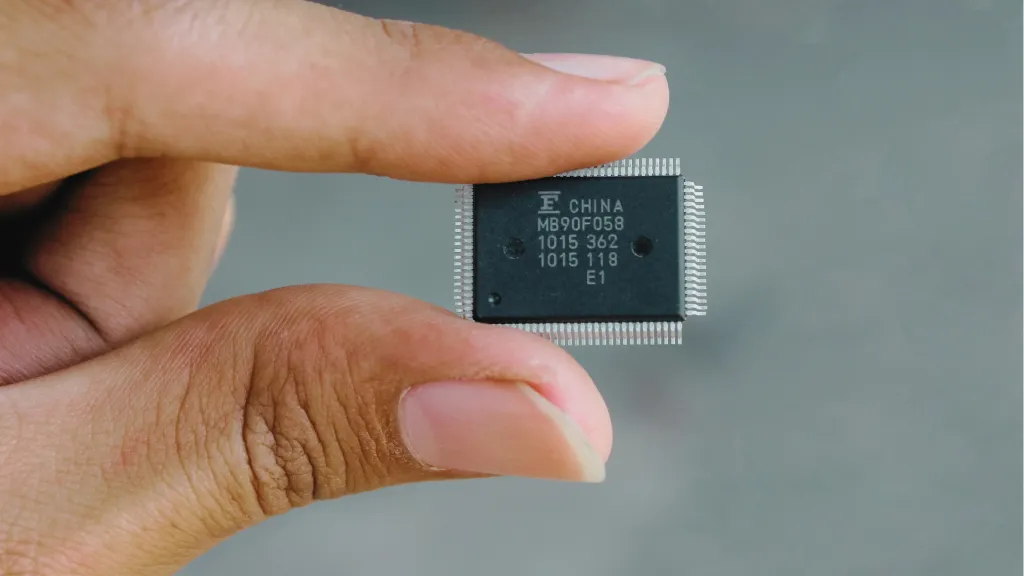Are you curious about how many pins your RAM has? If you’re a computer enthusiast like me, you probably know that RAM (Random Access Memory) is a crucial component in any computer system. But have you ever wondered about the pins on your RAM and what they do?
This article will explore the world of RAM pins and uncover the mystery behind their significance. We’ll debunk some common misconceptions and shed light on how to count the pins on different types of RAM, such as DDR, DDR2, DDR3, and DDR4.
So, buckle up and prepare to dive into the fascinating world of RAM pins!
Understanding RAM Pins
Alright, let’s get into the nitty-gritty of RAM pins! So, you might be wondering what these pins are and what purpose they serve. Well, think of RAM pins as tiny metal connectors essential to your computer’s memory module.
These pins are usually located at the bottom of the RAM module and establish communication between the RAM and the motherboard.
Now, the main purpose of these pins is to transfer data and power between the RAM and the rest of the system. When you insert the RAM module into the memory slot on your motherboard, these pins establish an electrical connection that allows the RAM to communicate with your computer’s processor and other components.
It’s like a highway of data and power, enabling your computer to access and store information quickly and efficiently.
Different types of RAM, such as DDR, DDR2, DDR3, and DDR4, have varying numbers of pins designed to be compatible with specific memory slots on the motherboard. The pin count on a RAM module is critical in determining its compatibility with your system, so it’s important to understand how to count these pins correctly.
RAM pins play a vital role in enabling your computer to access and store data rapidly, making them a crucial component in the overall performance of your system. Now that we understand what RAM pins are and what they do let’s delve into how to count them accurately for different RAM modules.
Counting RAM Pins
Now, let’s talk about counting the pins on different types of RAM modules. It might sound a bit technical but don’t worry. I’ll break it down for you.
- DDR RAM: DDR RAM modules have pins on one side only. To count the pins, look at the bottom of the RAM module where the gold or copper-colored contacts are located. Count the number of pins in a straight line across the bottom edge of the module. DDR RAM has 184 pins.
- DDR2 RAM: DDR2 RAM modules have pins on both sides. You’ll need to add the pins from both sides of the module to count the pins. So, count pins from the RAM module’s top and bottom edges. DDR RAM has 204 pins.
- DDR3 RAM: DDR3 RAM modules also have pins on both sides, similar to DDR2 RAM. So, you’ll need to count the pins on both sides of the module, just like with DDR2 RAM. DDR3 RAM has 240 pins.
- DDR4 RAM: DDR4 RAM modules usually have pins on only one side, like DDR RAM. So, you can count the pins on the bottom edge of the module to determine the pin count. DDR4 RAM has 288 pins.
It’s worth mentioning that RAM pin count can vary depending on other factors, such as the form factor and the manufacturer. So, it’s always a good idea to double-check the specifications provided by the manufacturer to ensure accurate pin counting.
Knowing how to count the pins on your RAM modules is essential when selecting the right type of RAM for your system and ensuring compatibility with your motherboard. It’s a small but important detail that can make a big difference in the performance and stability of your computer.
Choosing the Right RAM for Your System
Now that we understand how to count RAM pins let’s talk about selecting the right type of RAM for your system. It’s crucial to choose RAM compatible with your motherboard that meets the performance requirements of your computer. Here are some tips to help you make the right choice:
- Consider Compatibility: RAM modules come in different types, such as DDR, DDR2, DDR3, and DDR4, and each type has a specific pin count. Make sure to choose RAM compatible with your motherboard’s memory slots. Check your motherboard’s specifications or manual to determine the type and maximum supported pin count of RAM it can accommodate.
- Check Performance Requirements: The performance of your RAM can impact your system’s overall speed and efficiency. Consider the speed, or frequency, of the RAM, which is measured in MHz. Higher RAM speeds generally improve performance, but ensuring that your motherboard and processor support the chosen RAM speed is essential.
- Budget Considerations: RAM prices can vary depending on the type, speed, and capacity. Set a budget that fits your needs and consider the RAM options’ cost-effectiveness. It’s also important to note that higher-capacity RAM modules generally cost more, so choose a capacity that meets your requirements without exceeding your budget.
- Check for Manufacturer Recommendations: RAM manufacturers often provide recommendations for specific systems or processors. Checking the manufacturer’s website or product specifications can provide valuable information on compatible RAM options for your system.
- Consider Future Upgradability: If you plan to upgrade your system, consider the potential for RAM upgrades. Choose a RAM type and capacity that leaves room for future expansion.
To choose the appropriate RAM for your system, consider factors like motherboard compatibility, performance needs, budget, and future upgrade possibilities. Knowing the pin count of various RAM types is important to ensure compatibility.
Take your time researching to select the RAM that meets your specific needs. Doing so gives you a more efficient and seamless computing experience.
Conclusion
I hope this article has helped you understand how to count the pins on your RAM modules and choose the right type of RAM for your system. RAM pin count is an essential factor to consider when selecting RAM that is compatible with your motherboard.
By accurately counting the pins and choosing the right type of RAM, you can ensure optimal performance and stability for your computer.
Remember to check your motherboard’s specifications and consider performance requirements, budget, and future upgradability when choosing RAM for your system. Researching manufacturer recommendations and understanding the different types of RAM and their pin counts can help you make an informed decision.
Investing in the right RAM for your system is crucial for smooth multitasking, faster data processing, and improved overall performance. So, take your time, research, and make an informed decision to ensure the best possible RAM for your system’s needs.
I hope this article has provided valuable insights into counting RAM pins and choosing the right RAM for your system. If you have any further questions or need additional assistance, consult your motherboard or RAM manufacturer’s documentation or seek help from a knowledgeable technician.
Happy RAM shopping!






